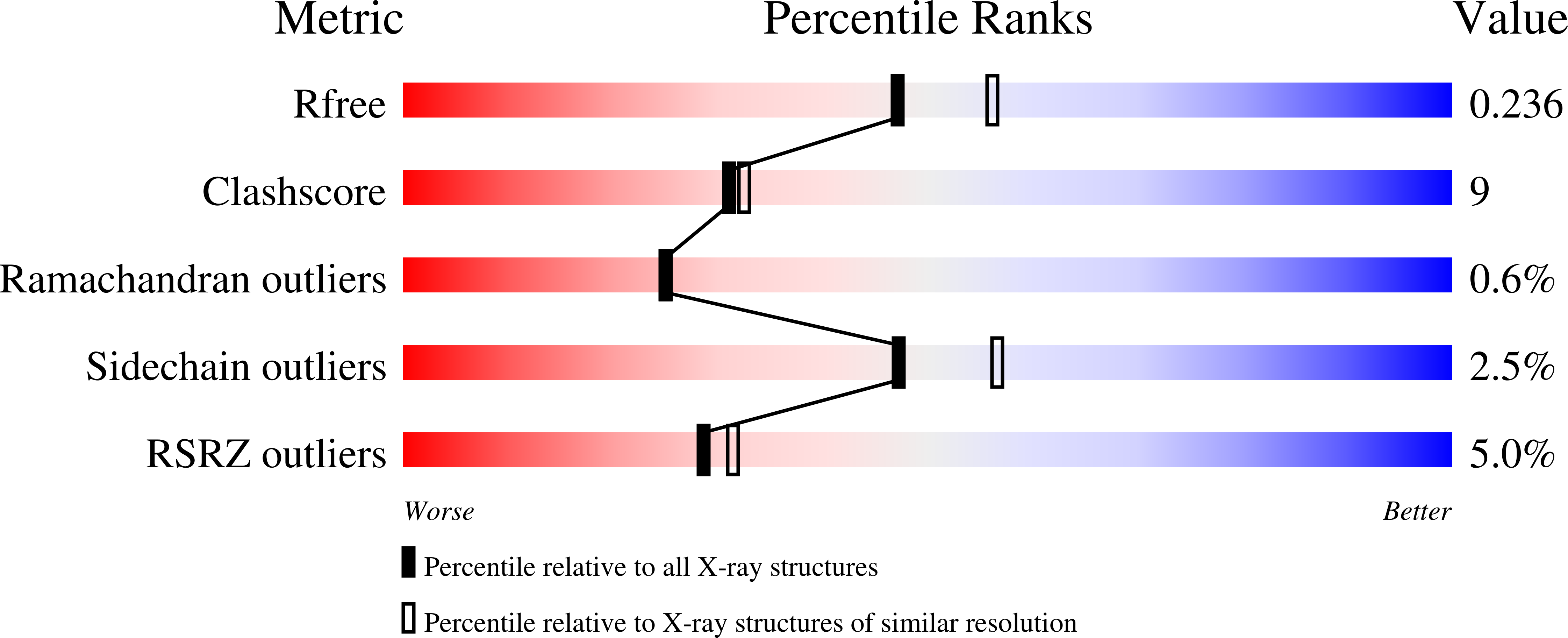
Deposition Date
2022-05-12
Release Date
2022-11-09
Last Version Date
2024-10-16
Entry Detail
Biological Source:
Source Organism:
Raoultella terrigena (Taxon ID: 577)
Host Organism:
Method Details:
Experimental Method:
Resolution:
2.25 Å
R-Value Free:
0.24
R-Value Work:
0.20
R-Value Observed:
0.20
Space Group:
C 2 2 21


